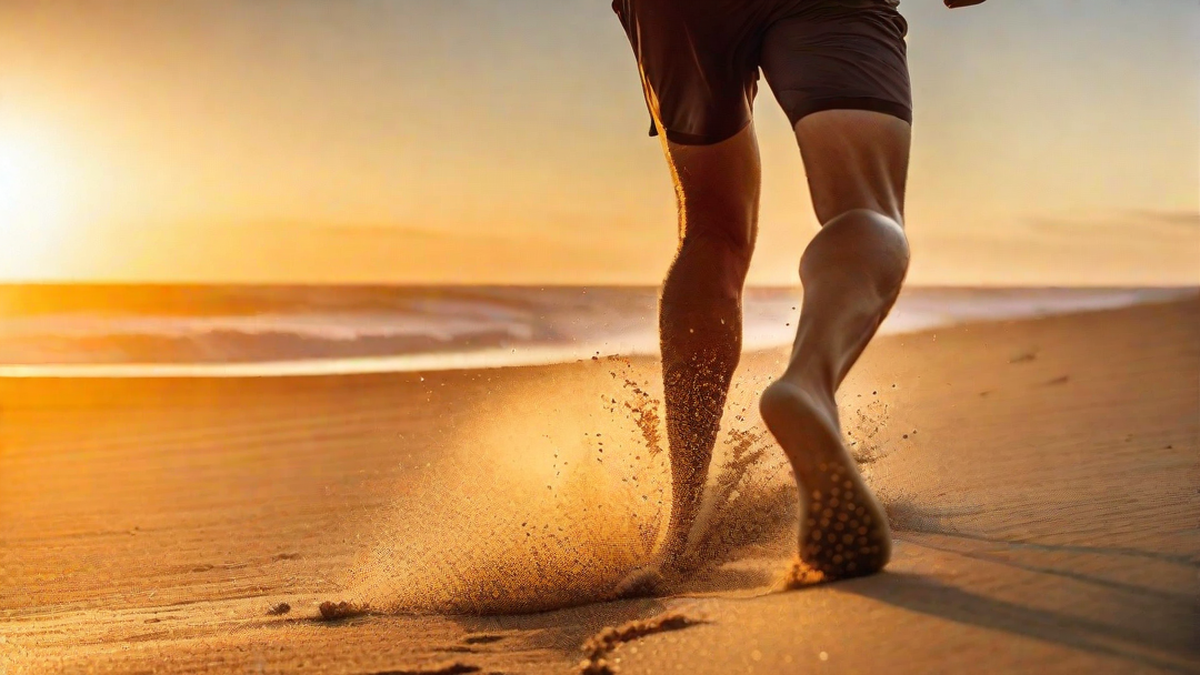As a seasoned runner, I have encountered my fair share of running-related injuries, and one of the most persistent and frustrating issues I’ve faced is shin splints. The searing pain along the front of the lower leg can be debilitating, making each stride an agonizing experience. I’ve heard various opinions about the benefits of running barefoot in relation to shin splints, so I decided to investigate this popular running myth.
Understanding Shin Splints
Shin splints, or medial tibial stress syndrome, occur when the muscles, tendons, and bone tissue around the tibia become inflamed due to overuse or repetitive stress. The common symptoms include tenderness, soreness, and swelling along the inner part of the lower leg. As a runner, I know firsthand how disruptive shin splints can be to my training regimen.
The Theory behind Barefoot Running
Proponents of barefoot running argue that traditional running shoes with thick cushioning and arch support alter our natural running form, leading to excessive heel striking and increased stress on the shins. By running barefoot, or in minimalist shoes that mimic the barefoot experience, the theory posits that runners can develop a more natural and efficient gait, potentially reducing the impact on the shins and lowering the risk of shin splints.
Evaluating the Evidence
Upon delving into research studies and expert opinions, I found conflicting evidence regarding the efficacy of barefoot running in preventing shin splints. Some studies suggest that transitioning to barefoot running or minimalist footwear can lead to positive changes in running mechanics, potentially reducing the risk of shin splints for some individuals.
Personal Experience
I decided to experiment with barefoot running on a soft, grassy surface to gauge its impact on my own shin splints. While initially feeling a noticeable difference in my running form, I experienced heightened calf soreness after the run. However, with gradual progress and proper form adjustments, I observed a decrease in the frequency of my shin splint flare-ups.
Expert Recommendations
It’s important to note that barefoot running is not a one-size-fits-all solution. For individuals considering this approach, consulting with a running specialist or podiatrist is essential to assess whether their biomechanics and foot structure are suitable for barefoot or minimalist running. Furthermore, a gradual transition and a focus on strengthening foot and ankle muscles are crucial for injury prevention.
Conclusion
After thorough exploration and personal experimentation, it’s evident that the relationship between barefoot running and shin splints is complex and varies from person to person. While some runners may find relief and improved running mechanics through transitioning to barefoot or minimalist running, others may not experience the same benefits. As with any change in running technique, it’s crucial to approach with caution and seek professional guidance to minimize the risk of exacerbating existing injuries or developing new ones.

